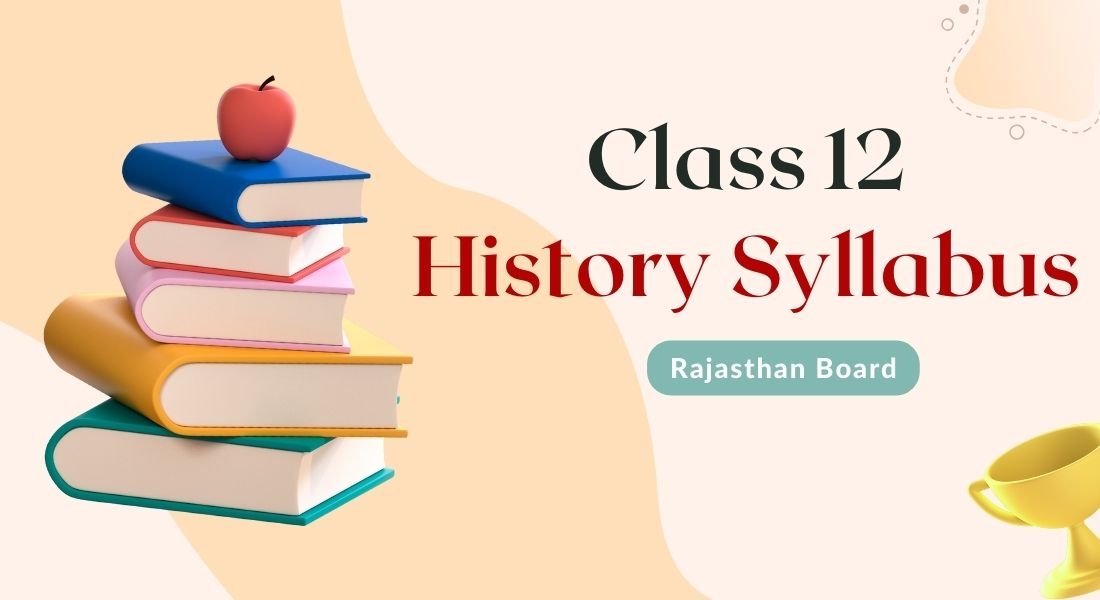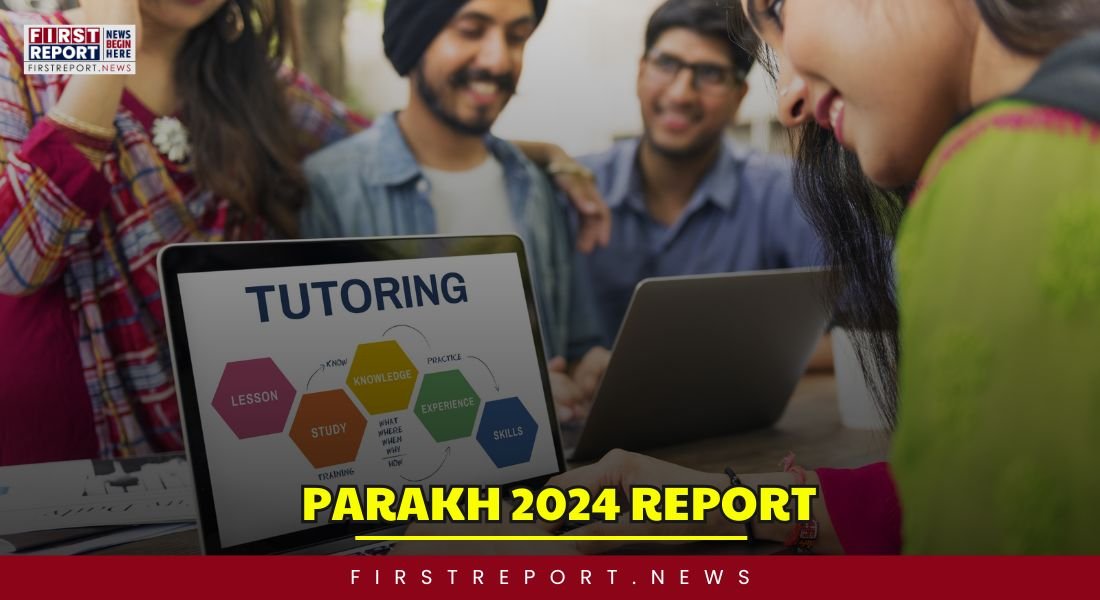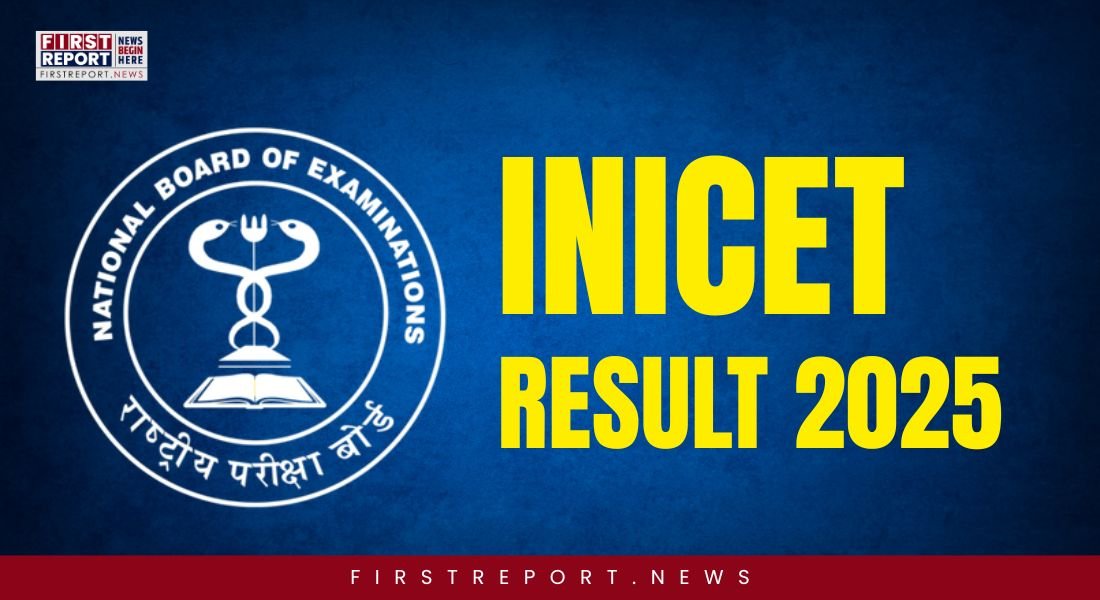The Rajasthan Board of Secondary Education (RBSE) has released the syllabus for Class 12 History for the academic session 2024-2025. This syllabus outlines the topics you will study throughout the year and the format for the board exams.
- Exam Board: RBSE
- Subject: History
- Exam Weightage: 100 marks
- Theory Exam: 80 marks
- Internal Assessment: 20 marks
- Exam Duration: 3 hours, 15 minutes
Rajasthan Board Class 12 History Syllabus By Theme
Themes in Indian History Part-I
- Theme One: The Harappan Civilization (6 marks)
- Beginnings of the civilization
- Farming practices
- Mohenjodaro – a planned city
- Social differences
- Crafts and production techniques
- Obtaining raw materials
- Seals, writing system, and weights
- Rulers and authority
- Decline of the civilization
- Uncovering the Harappan civilization
- Challenges of studying the past
- Theme Two: Early States and Economies (6 marks)
- Deciphering ancient inscriptions (by James Prinsep) and understanding Ashoka’s edicts
- Emergence of early states
- The Mauryan Empire
- Changing ideas about kingship
- Transformations in rural areas
- Growth of towns and trade
- Limitations of using inscriptions as historical evidence
- Theme Three: Early Societies (6 marks)
- Studying the Mahabharata through critical editions
- Kinship and marriage practices
- Social stratification: caste system and beyond
- Factors influencing social status besides birth
- Explaining social differences: the social contract theory
- Historians’ methods for analyzing the Mahabharata
- The Mahabharata as a dynamic text
- Theme Four: Thinkers, Beliefs, and Buildings (7 marks)
- Exploring Sanchi, a Buddhist monument
- Background: Sacrificial practices and philosophical debates
- Teachings of Mahavira (founder of Jainism)
- Gautama Buddha’s quest for enlightenment
- Buddha’s teachings and followers
- Buddhist stupas and their significance
- Studying the history of stupas: Amaravati and Sanchi
- Sculpture and artistic expression
- Rise of new religious traditions
- Limitations of visual sources in historical studies
- Also Read: Reservation System in India 2024
Indian History Part II
- Theme Five: Through Travelers’ Eyes (6 marks)
- Al-Biruni’s observations in Kitab-ul-Hind
- Ibn Battuta’s travelogue, the Rihla
- Francois Bernier’s unique perspective as a doctor
- Understanding a different culture: Al-Biruni and Sanskrit traditions
- Ibn Battuta’s fascination with the unfamiliar
- Bernier’s critical view of Indian society
- Role and status of women in historical accounts
- Theme Six: Bhakti-Sufi Traditions (7 marks)
- The richness of religious beliefs and practices
- Early Bhakti poetry and devotional traditions
- Virashaivism in Karnataka
- Religious developments in North India
- Islamic influences and the rise of Sufism
- Growth of Sufi traditions in India
- The Chishti Sufi order
- New devotional paths and debates in North India
- Reconstructing the history of religious traditions
- Theme Seven: Vijayanagara (6 marks)
- Hampi, the capital city of the Vijayanagara empire
- Rulers ( rayas), provincial governors ( nayakas), and sultanates
- Description of Vijayanagara city and its surroundings
- The Royal Center and its importance
- The sacred center and religious significance
- Planning of palaces, temples, and markets
- Unanswered questions about Vijayanagara
- Theme Eight: Peasants, Zamindars, and the Mughal Empire (6 marks)
- Peasant life and agricultural practices
- The village community structure
- Role of women in agrarian society
- Forests and tribal communities
- Zamindars and their landholdings
- The land revenue system under the Mughals
- The flow of silver and its impact
- The Ain-i Akbari, a detailed account of the Mughal empire
- Also Read: Co-Education- Pros and Cons
Themes in Indian History Part-III
- Theme Nine: Colonialism and Rural Life (6 marks)
- The relationship between the British and Zamindars in Bengal
- Traditional farming methods versus new agricultural practices
- The Bombay Deccan rebellion
- Theme Ten: Rebels and the Raj (6 marks)
- The pattern and spread of the 1857 rebellion
- Awadh in Revolt
- The rebels’ goals
- British repression of the rebellion
- Images and interpretations of the rebellion
- Theme Eleven: Mahatma Gandhi and Nationalism (6 marks)
- Gandhi’s emergence as a leader
- Non-cooperation movement: rise and fall
- The Salt Satyagraha as a case study
- The Quit India Movement
- Gandhi’s final years and legacy
- Understanding Gandhi’s ideas
- Theme Twelve: Framing the Constitution (6 marks)
- The historical context of Indian independence
- The vision of the Indian Constitution
- Defining fundamental rights
- Powers and structure of the Indian government
- Choosing a national language
- Also Read: Peer Pressure— Pros and Cons




